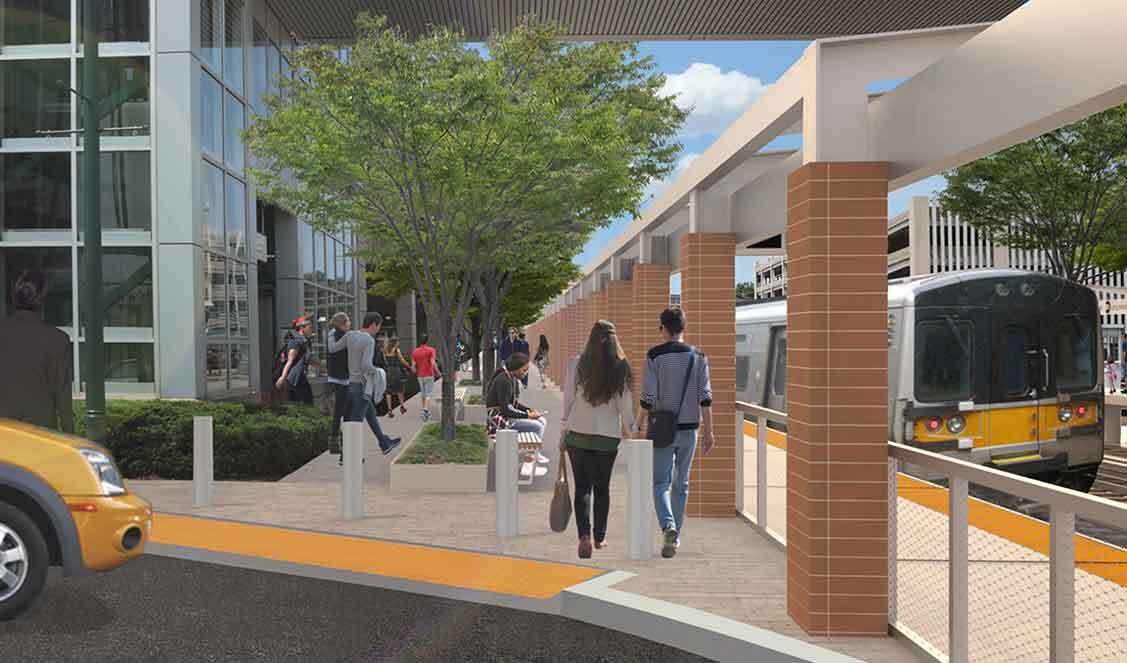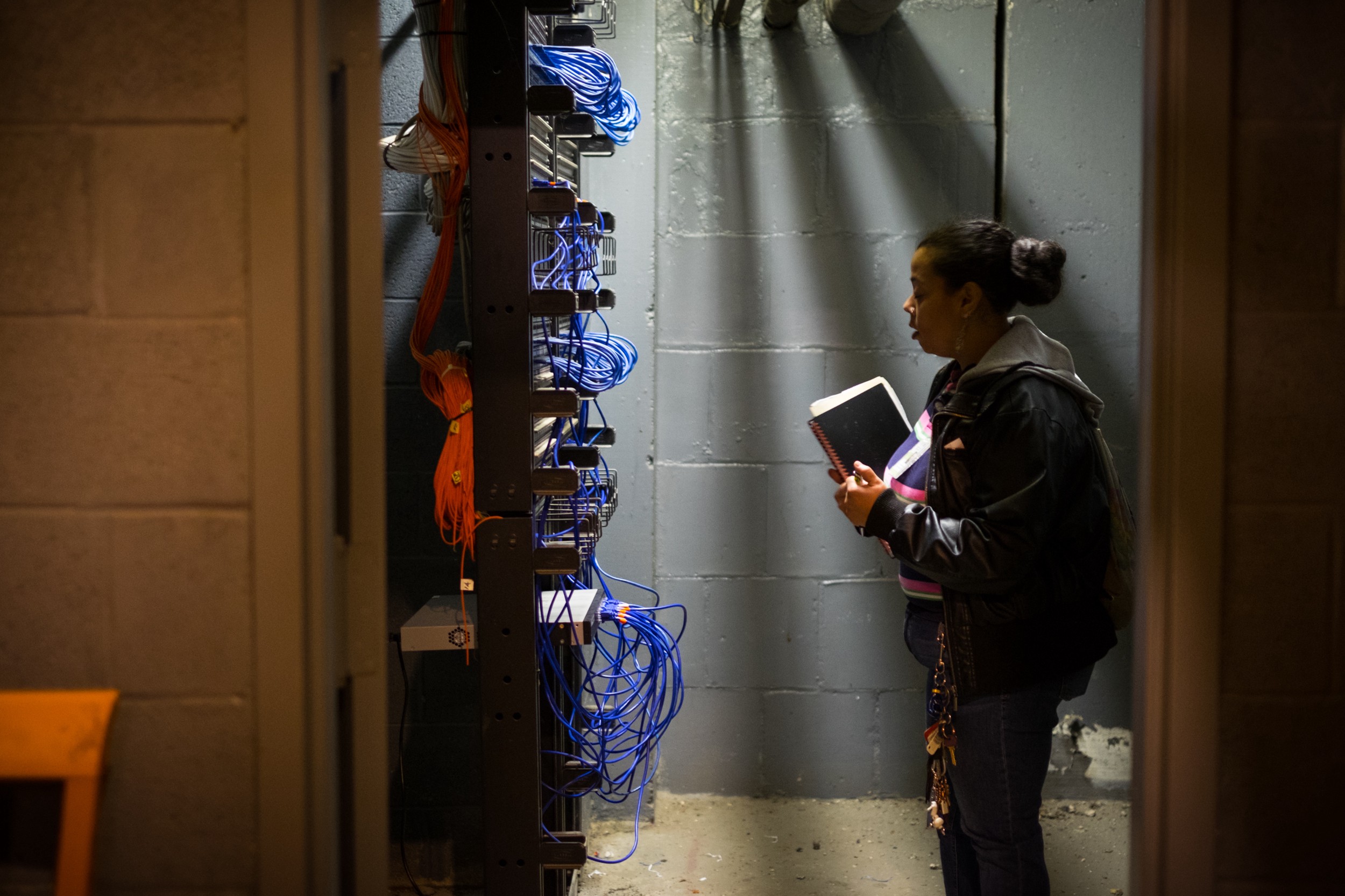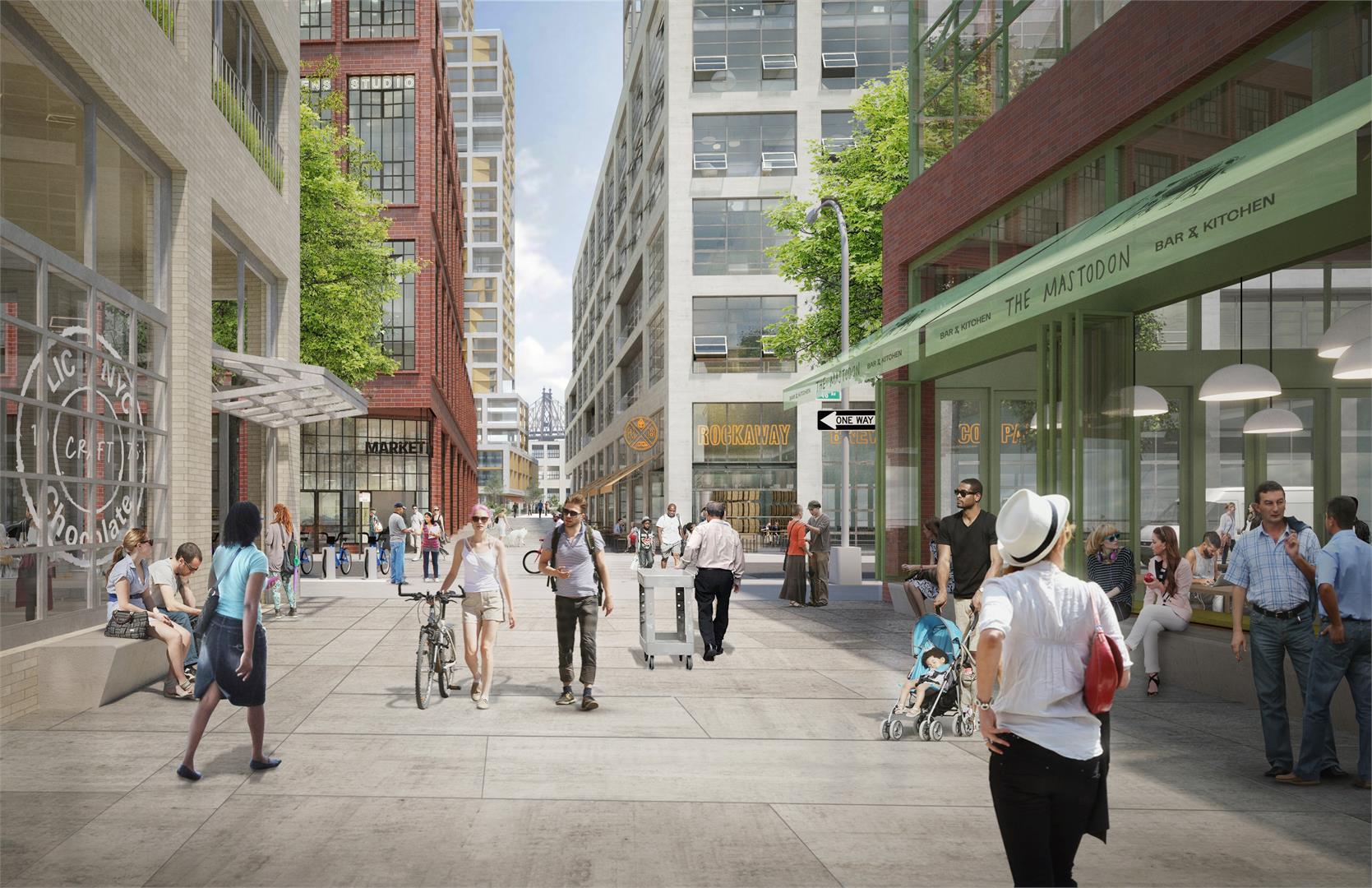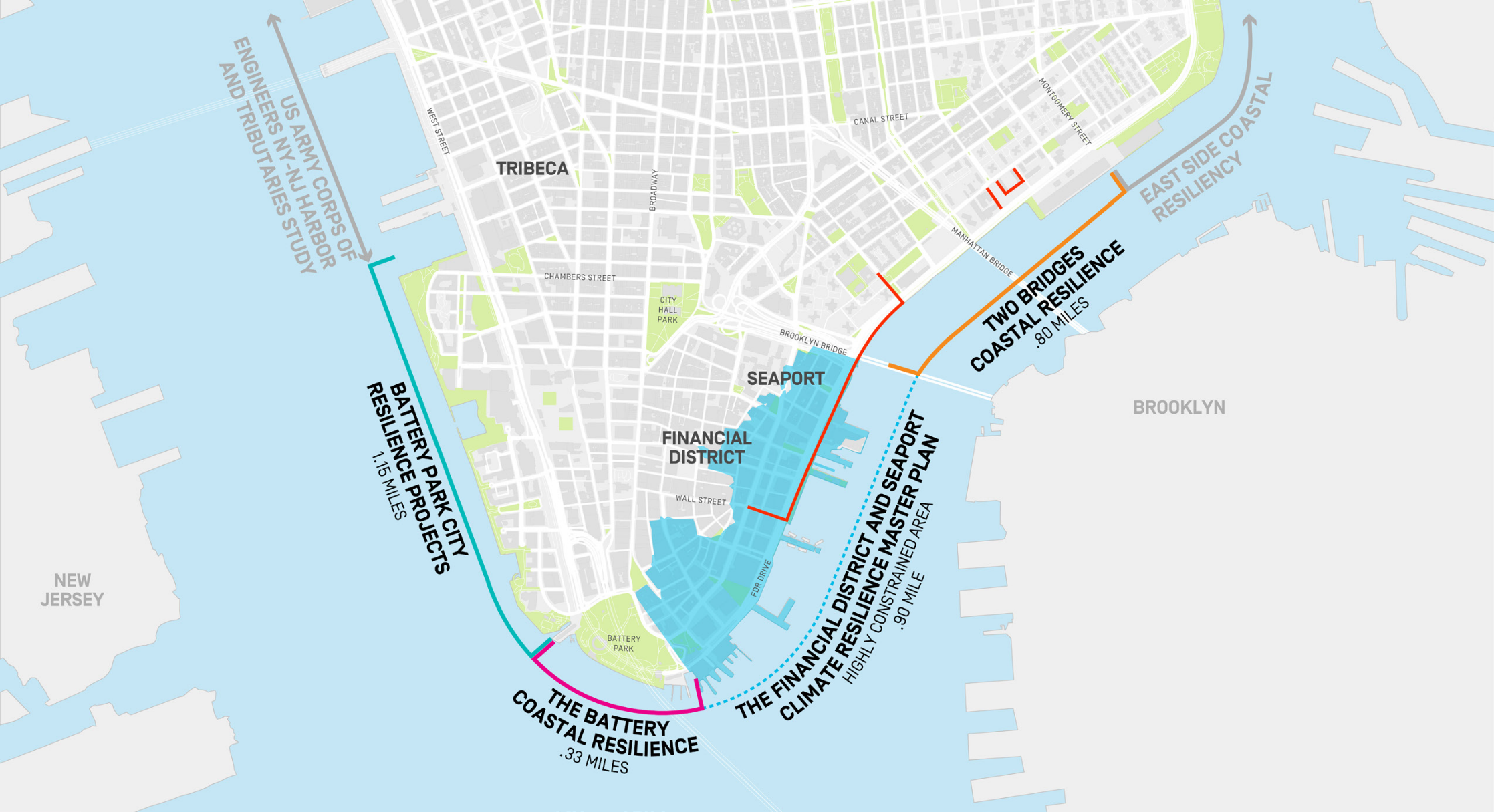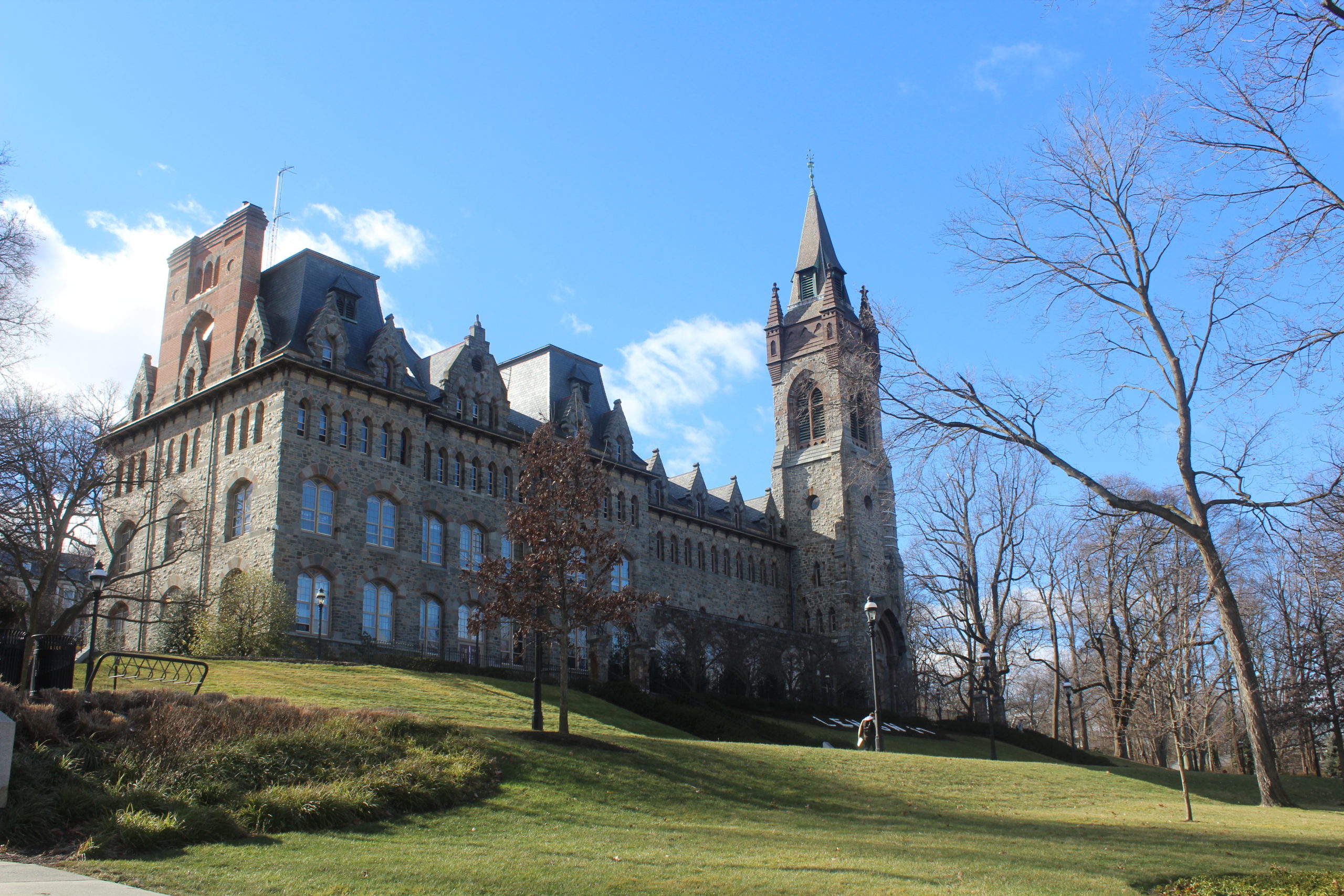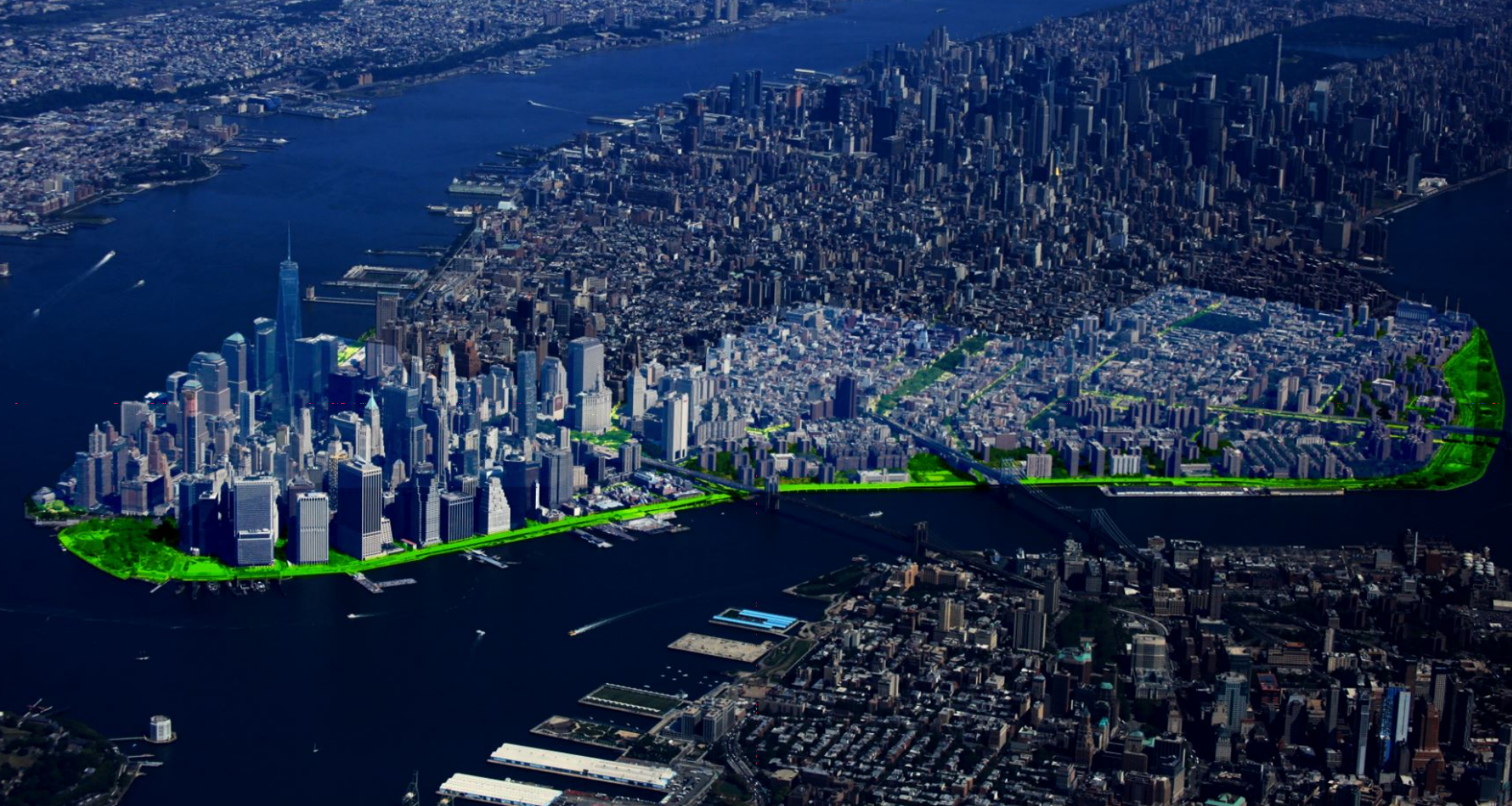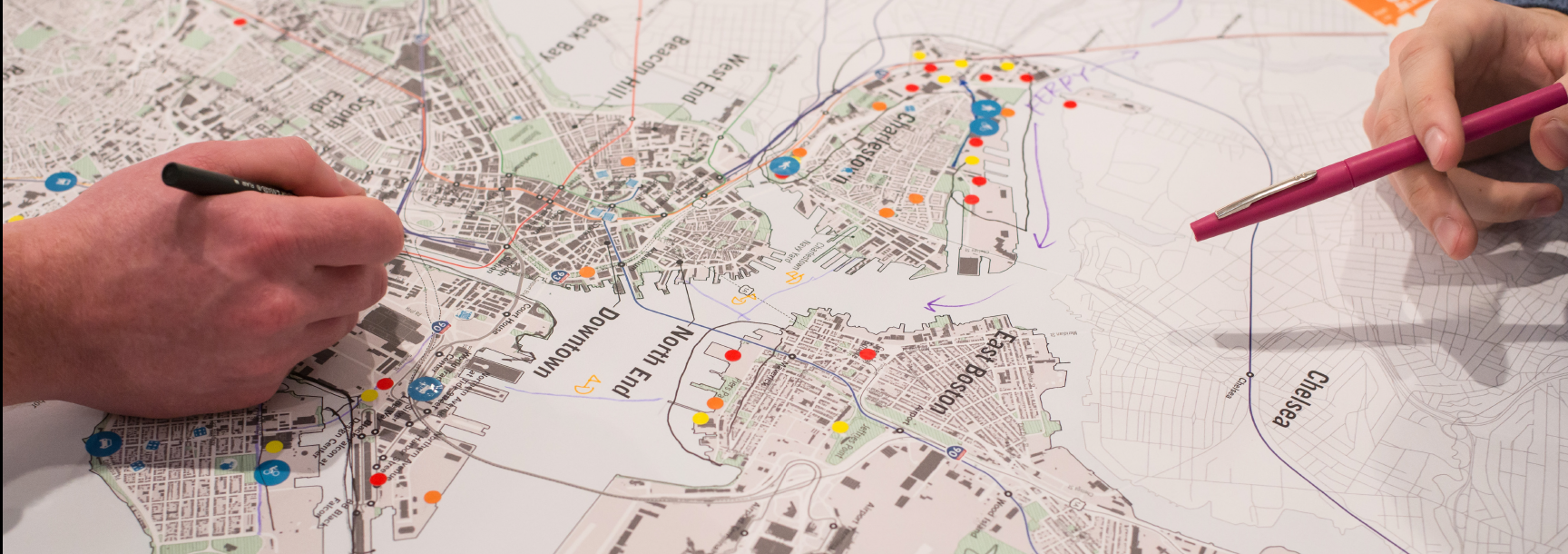On behalf of the Long Island Index, HR&A conducted a comprehensive study of the economic and fiscal impacts of the proposed Long Island Rail Road (LIRR) Main Line Third Track project. The project will add an additional track to a 10 mile segment of the LIRR between Floral Park and Hicksville, improving system reliability and significantly enhancing reverse peak service to and from Long Island. Initially part of the Metropolitan Transit Authority’s (MTA) 5-year capital plan, the project was met with significant opposition from local elected officials and affected communities. In an effort to resuscitate the project, HR&A undertook complex and dynamic economic modeling to quantify the benefits of improved employer access to a skilled regional workforce, higher productivity in denser transit-oriented employment nodes, and rider time savings. Using transportation impacts modeled by project partner Parsons Brinckerhoff, HR&A employed the REMI Policy Insight model to estimate benefits the project would generate for Long Island during its construction and operational phases.
HR&A found that by improving regional mobility, Third Track will position Long Island for sustained economic growth by making it a more attractive place to live and work. Implementing Third Track and enacting complementary land use policies facilitating transit-oriented development (TOD) in station areas would generate 14,000 new jobs on Long Island by 2035, along with $5.6 billion in annual gross regional product and $143 million in annual tax revenues to Nassau and Suffolk Counties. Long Island would also attract 35,000 new residents by 2035, helping stem the outflow of talented young workers and their families. During the five-year construction phase, Third Track would generate $910 million in gross regional product and an average of 2,250 jobs annually, providing employment opportunities for construction workers hit hard by the Great Recession. HR&A summarized its findings in a compelling, graphically strong briefing book that has enabled the Long Island Index to communicate the benefits of Third Track to a range of stakeholders, including the Metropolitan Transit Authority (MTA) and LIRR, elected officials, businesses, and residents. The study was instrumental in reviving the project and winning approval and funding from New York Governor Cuomo. The $2 billion project is now under construction and is expected to be completed by late 2022.
Press:
Study: 3rd track on LIRR Main Line would boost service, economy
